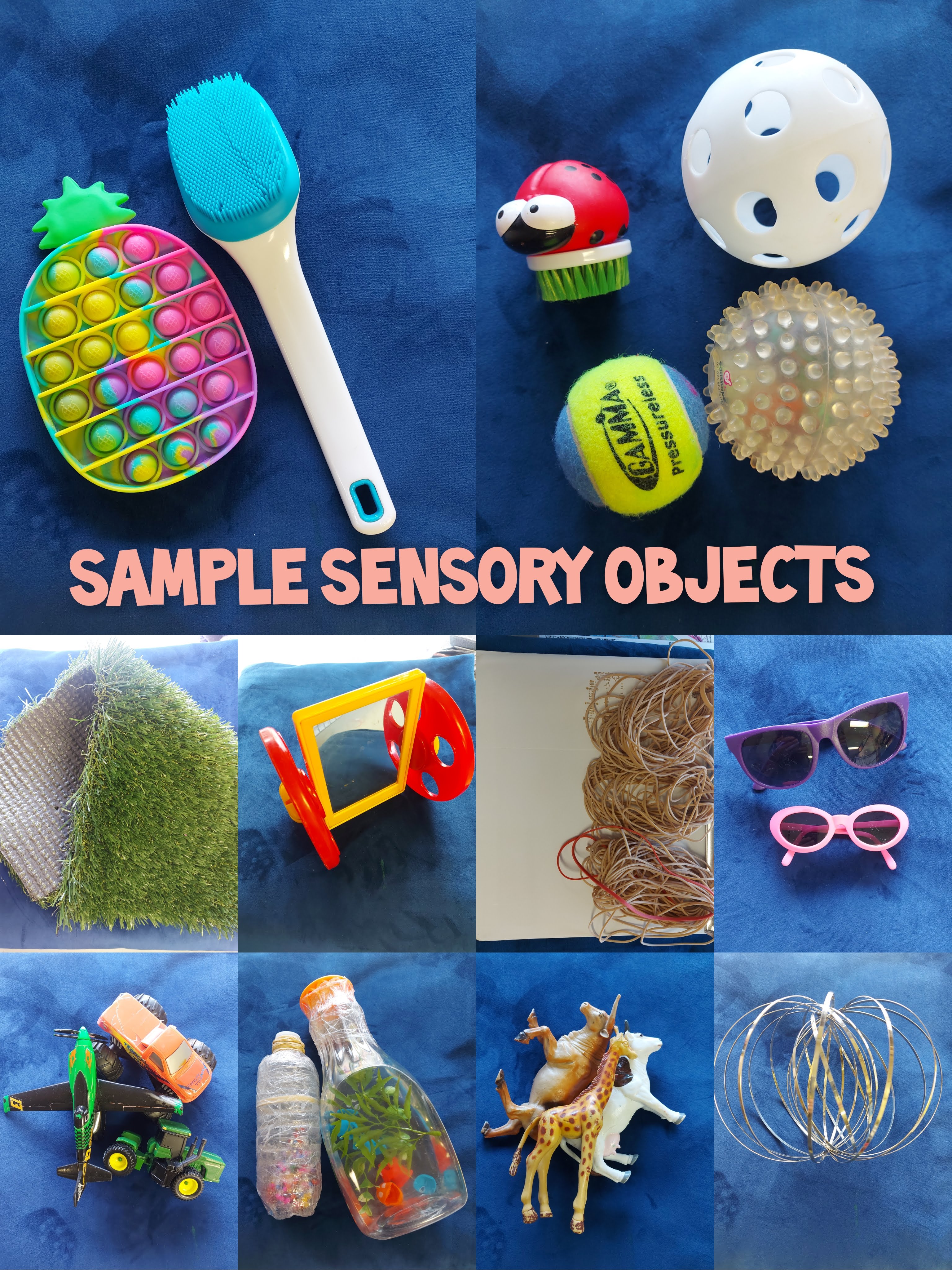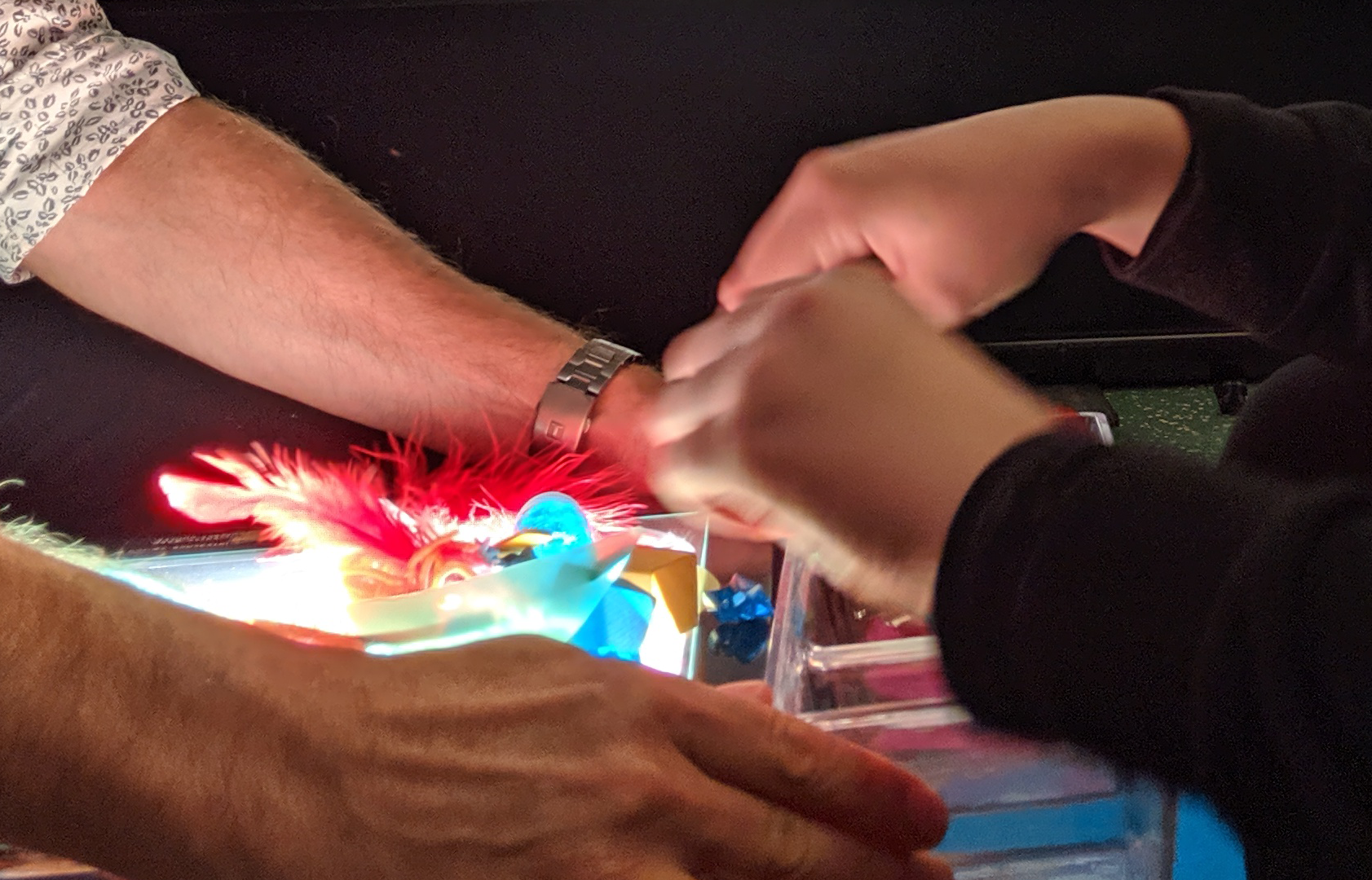Helping children to self-regulate
Overview
To support children’s self-regulation during collaborative activities, ensure their basic needs are met before starting, such as having snacks or breaks. Prepare them ahead of time to reduce anxiety and frustration. Incorporate sensory activities into sessions, but be mindful of distractions, and provide a consistent set of sensory toys to promote familiarity and comfort.
Description
Considering children’s well-being and engagement during collaborative activities can significantly impact their participation. There are several things you can consider to help children better self regulate during a collaborative activity.
Suggestions
Are the students’ basic needs met?
Design work should be completed only once students have had their basic needs met, such as having eaten their snack or lunch, gone to the washroom, had recess or a movement break prior to the session, etc.
Have students been “briefed” ahead of time?
Preparing students ahead of time may eliminate anxiety and frustrations, allowing them to feel safe and calm with new or unfamiliar experiences. It is then that they may begin to show interest and ready for learning and contributing to creative expressions.
How will all five senses be addressed in sessions?
Sensory Objects and ideas to incorporate into the activities may help students be engaged in sessions. There are various ways in which sensory objects can be introduced to students.
Set aside 3 to 5 minutes for sensory time at the beginning of the session and remember to set the visual timer.
Provide a small bin of sensory toys including squishy/ stress balls, small water bottles filled with sparkles and other interesting objects, books, small cars and animals, small handheld massagers. When selecting sensory objects for the bin, include objects that can be easily cleaned and washed/wiped down or sanitized. Be mindful that musical toys and toys that create loud sounds may be distracting during sessions.
Bring the same sensory bin to each session with the same and familiar toys. Slowly introduce a few toys at a time. You may find that as students become familiar with the structure and routine of the sessions. They will look for or ask for the same toys.
Once the time is up, collect all sensory toys back in the bin. Some students may want/ need the sensory toys for a longer period of time - allowing them to do so, might help them feel calmer.
Example

Although the Weavly project focused on developing a digital coding environment, in most of our sessions we included various sensory items, such as stuffed animal toys as the characters of our coding challenges and stories, large building blocks for analog block-based programming, or other printed images, and sensory toys. These items proved helpful in our communication with children, helping them better understand the tasks and be more engaged. As a result, they were able to better self-regulate during the activity. Offering access to preferred toys at the session’s end helped some students maintain focus throughout the session.

However, we had to be mindful of the sensory items to ensure they don’t negatively impact participants’ engagement. For example, once, when using a stuffed animal snake, it frightened one of our participants and resulted in the participant isolating themselves from the session. Another time, presenting children with a box of sensory items with various attributes like different colors, textures, sizes, smells, and sounds led to overstimulation of senses for some participants, and we had to remove the bin to help kids concentrate on the main activities.